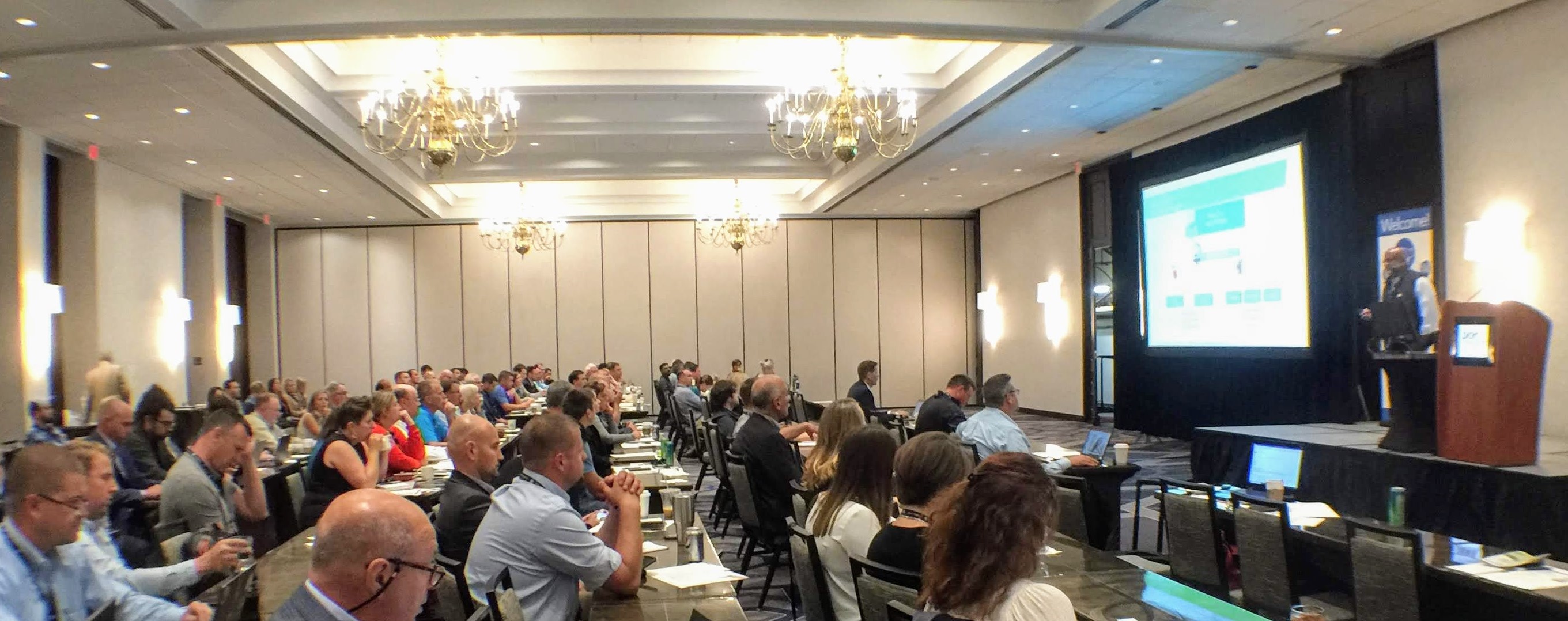



What is blockchain and why is it a valuable asset to swine production?
Are you using blockchain to your advantage in your business? Do you know what blockchain is? The Ripe.io CEO explains all to The Pig Site.Blockchain is used to tell the story of food. It can help explain who produced it, where it came from, how it got to you and how it was made. Each actor or participant in the supply chain has information, and that information is protected. Blockchains allow the contributor to post information on a shared ledger so it can be seen by all participants or the contributor can can restrict their information.

"Unlike a database where you post the information and a central administrator has to take care of all of it. Everyone gets to manage their own information, including the relationships based on that data or content," said Ramachandran. "What ends up happening is that you get a single record of truth that is told by the entirety of the supply chain."
Think of it like a multi-tab spreadsheet that's been shared among a multitude of players. Each person has their own tab that's protected and over time that serves as a ledger. Participants can share bits and pieces of the information, but you're ultimately trying to form one comprehensive record.
"Whether it's an invoice, a veterinary record, the entire transport of hogs, these are all ways in which you can take all this information, share it properly, so you get a better story," he explained. "It's not purely the content though; you can tell stories and provide entire information about the supply chain."
Blockchain is being deployed in virtually all facets of agriculture and food. It can track farmer information, such as data from soil sensors, identifying on-farm temperature and humidity conditions, and possible harvest dates.
"We have information coming from distributors, packers, processing plants, consumer product good companies, retailers, etc., so we've deployed it throughout the entire process," he said. "The value for each is that I can share data with others with the notion that I'm going to get information back. In the event of things like recalls, you have more traceability, so it does feed into things like food safety. For farmers, the more information they have can help them with things like food waste, and how to better match their supply with demand.
The Swine Innovation Summit was hosted by the National Pork Board. The global food system is undergoing explosive change as three macro trends are converging - consumer behaviour, disruptive business models, and emerging technologies. The Pork Checkoff’s inaugural Swine Innovation Summit covered all of these interconnected trends in a way that related directly to the future of America’s pork industry.









